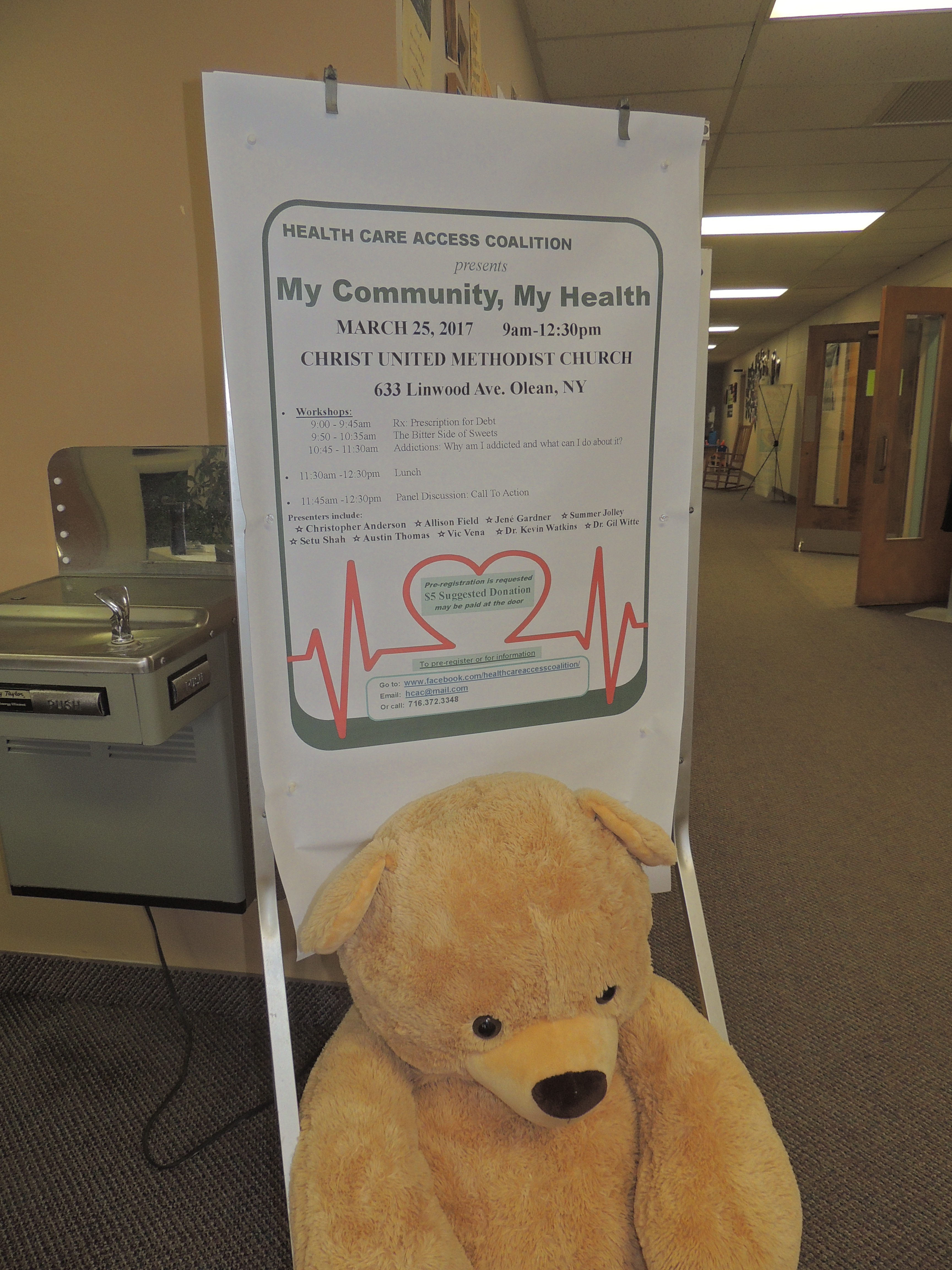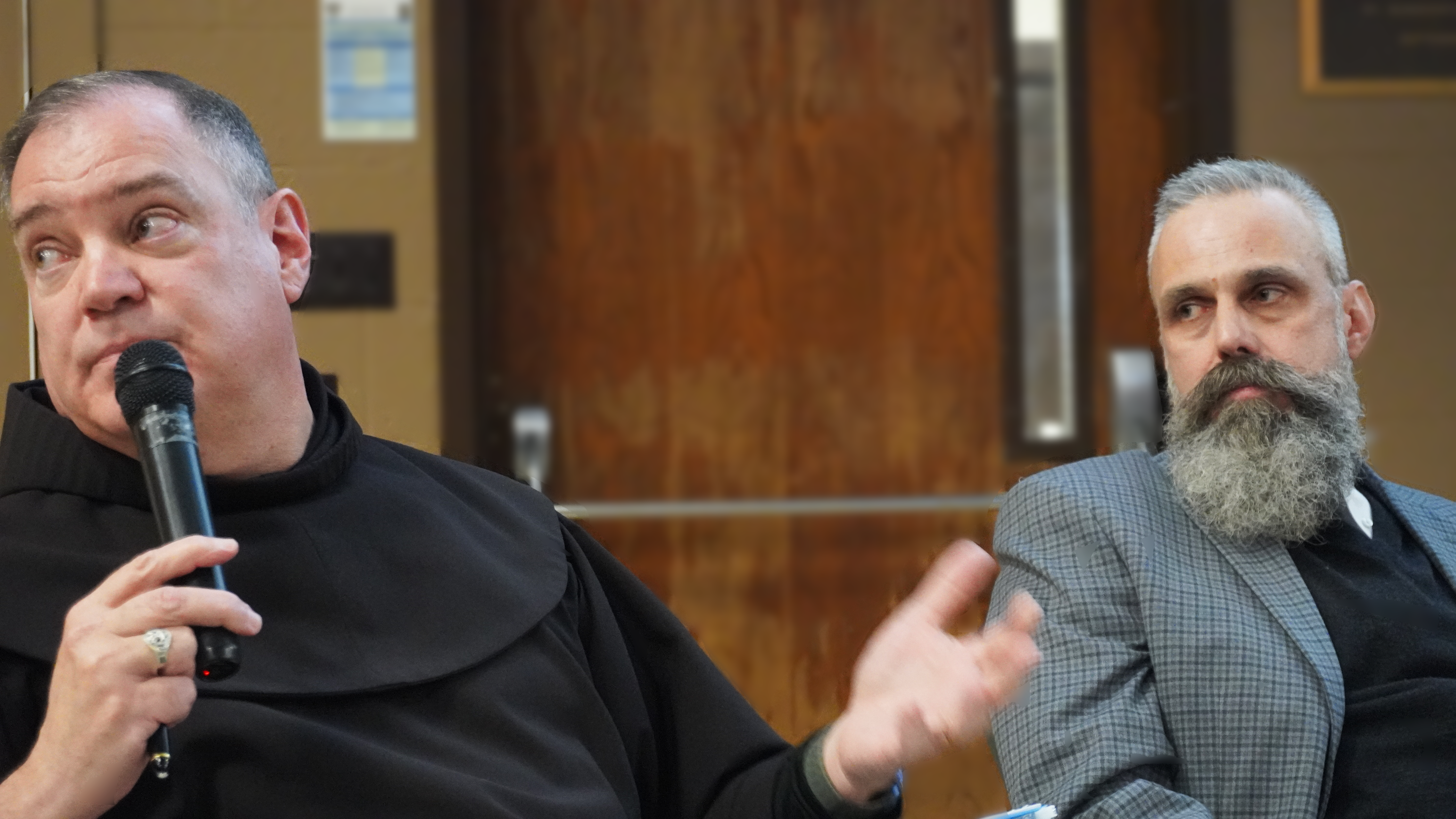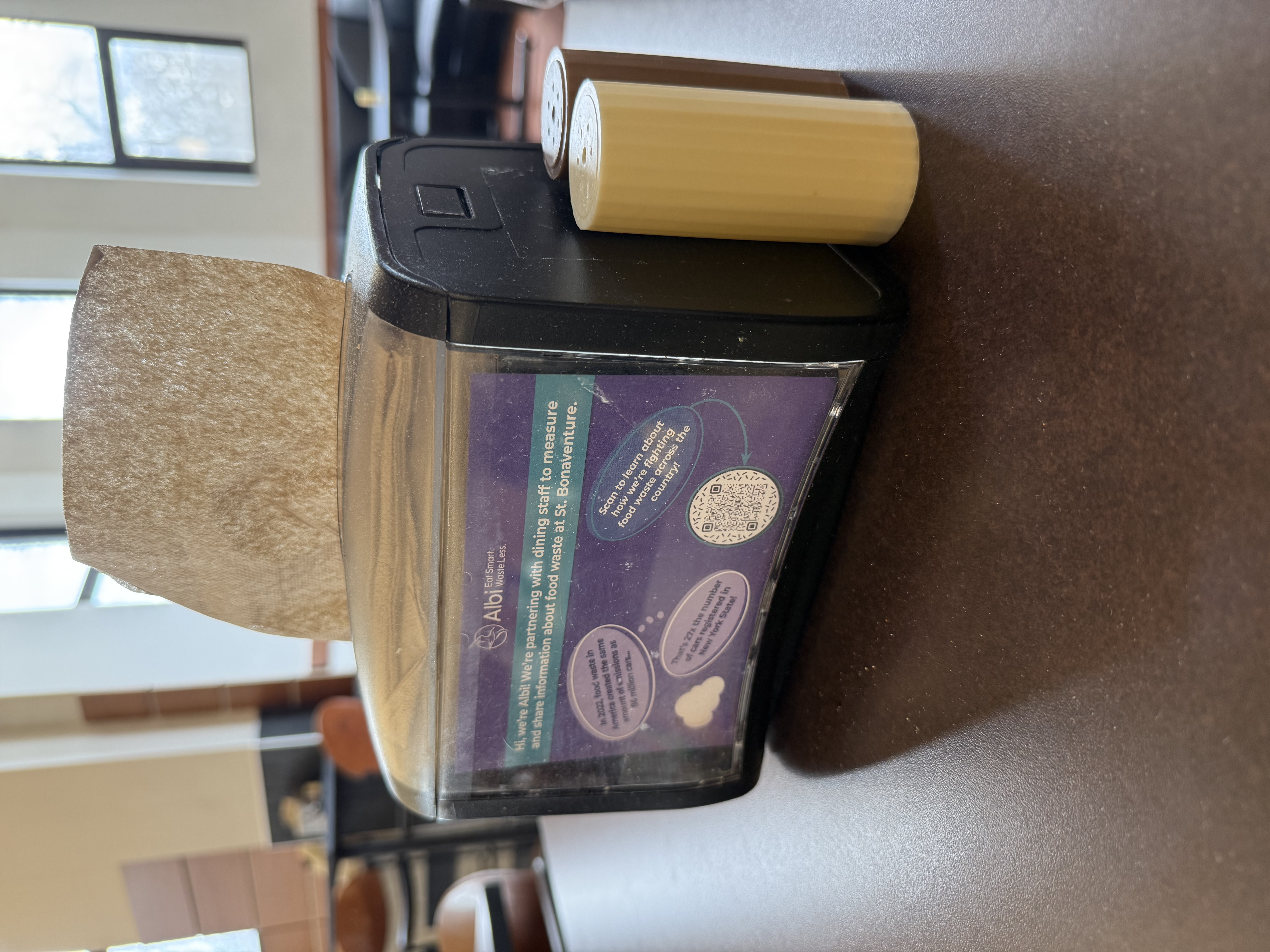By Julia Mericle
Editor-in-chief
The Health Care Access Coalition presented “My Community, My Health” on Saturday, March 25, at Christ United Methodist Church, bringing serious health care issues to over 50 concerned members of the community. A panel of speakers discussed the current issues of prescription medication prices, sugar consumption and addiction with a local spin.
Allison Field, a senior at St. Bonaventure University, introduced the first portion, titled “Rx: Prescription for Debt,” addressing the high cost of prescription medications.
On average, Americans pay 3 times more than Canadians for a 90-day supply of a prescription, said Field, with almost 20 percent of overall healthcare costs spent on prescription drugs.
Vic Vena, who has owned Vic Vena Pharmacy in Olean for 30 years, said patients often mistakenly think that the 30 or 40 tablets and the label on the bottle are what cost the consumer. In actuality, pharmaceutical companies, wholesalers and pharmacies all contribute to the price.
Vena said when he started as a stock boy in a drug store in 1967, the average cost of a prescription was $6. The addition of hundreds of drugs to the market and pharmacy benefit managers led to the $70 average cost today.
“Isn’t that sad that the patient isn’t involved in any of this? We need transparency,” Vena said.
Dr. Gil Witte, of Olean Medical Group, said the understanding and treatment of diseases since his pharmaceutical training in 1980 has greatly improved, but affordability has not.
“In some ways it is more frustrating that once upon a time doctors mainly dispensed comfort. Now we have actual tools to treat diseases and help people, and I think it is a crime that we can’t do that because of the cost of that care for our patients. We are the only country in the developed world that can’t guarantee basic access to quality medical care to all our patients.”
St. Bonaventure senior Setu Shah and sophomore Austin Thomas introduced the segment, “The Bitter Side of Sweets.” The average American consumes 100 pounds of sugar a year, Shah said.
Next, Summer Jolley, a registered dietician, discussed identifying natural and added sugars in foods and addressed health concerns of excess sugar in a diet such as inflammation, heart health, premature aging and brain health.
The issue proves important to Cattaraugus county, which Dr. Kevin Watkins, public health director, said ranks 60 in a county health rating of 62 counties.
Jolley labeled sugar as an addictive substance, leading into the final segment of the presentation, “Addictions: Why am I addicted and what can I do about it?”
Christopher Anderson, the director of the student wellness center at St. Bonaventure University, defined addiction and identified some characteristics and behavioral patterns of addicts.
Watkins again brought the topic home, saying the unofficial number of deaths attributed to opium overdoses in Cattaraugus county increased from one death in 2014 to 10 in 2016.
Jené Gardner, from the Council on Addiction and Recovery Services in Cattaraugus County, said the organization currently has 500 admitted patients. She explained what the council does to address the increased local addiction problem and how it helps patients through treatment and recovery.
All speakers on the panel concluded by encouraging audience members to stay involved with health care issues in the community.
mericlje13@bonaventure.edu








